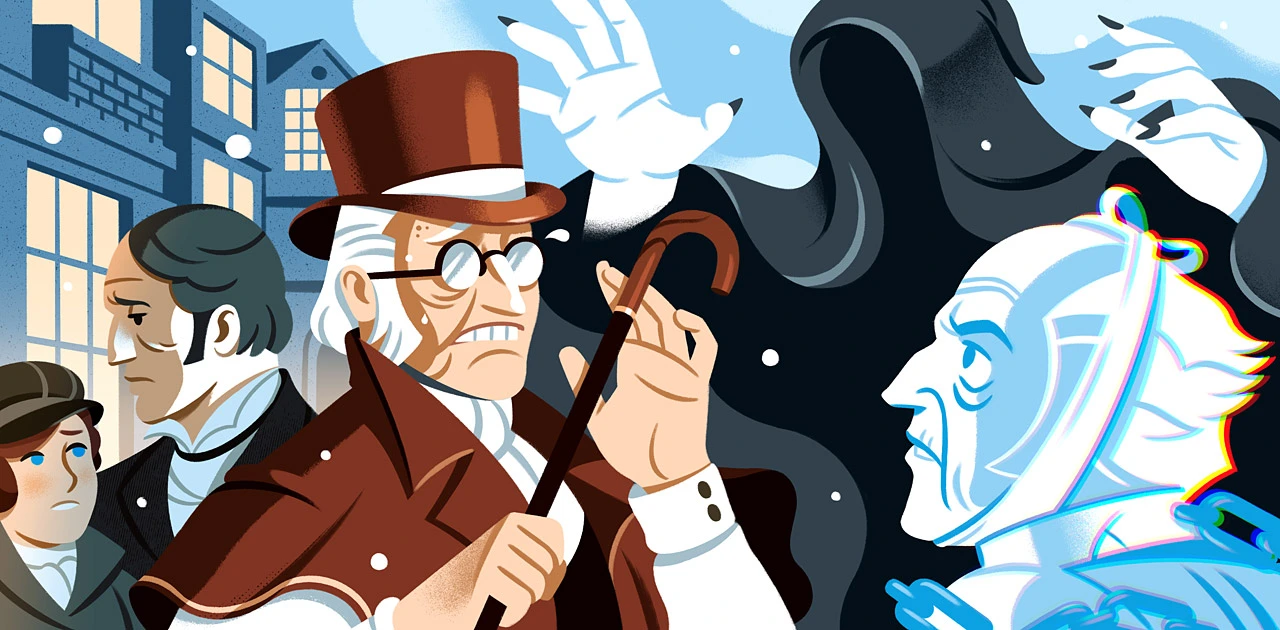Have you read A Song of Ice and Fire? There are 24 point of view characters in the series. 150 * 24 = 3,600.
GRRM had so many characters going in so many plot directions that he wrote himself into a dead end - a disadvantage of having a huge cast and no real outline (he killed characters he needed to properly continue the books)

 Myth Weaver
Myth Weaver
 Istar
Istar Maester
Maester Dreamer
Dreamer